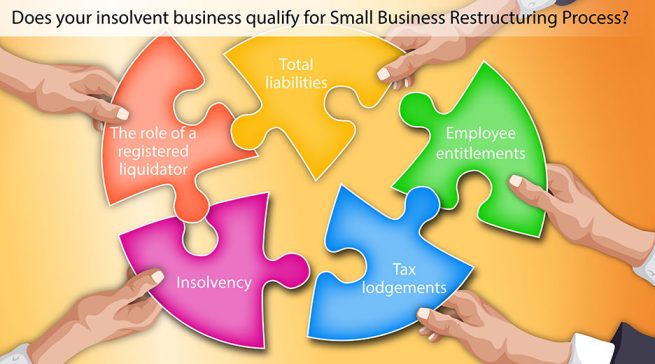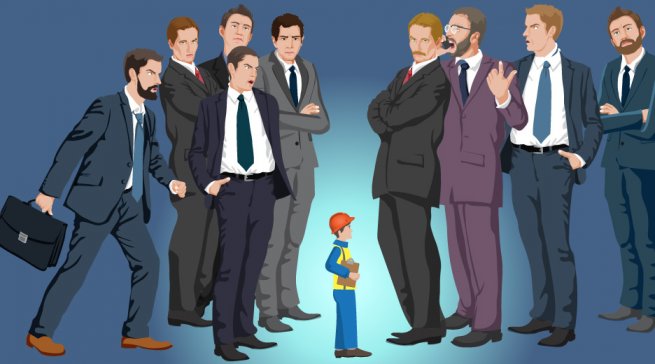
Client Journey: Strategy Is about Saying No
Overloaded small business owners often struggle to say ‘no’, even though this is crucial to the strategic direction of the business. We discuss how this is relevant for business turnarounds

Overloaded small business owners often struggle to say ‘no’, even though this is crucial to the strategic direction of the business. We discuss how this is relevant for business turnarounds

Corporate insolvency in Australia underwent a seismic shift in 2021 with the introduction of the Small Business Restructuring Process under Part 5.3B of the Corporations Act 2001 (Cth). This process is referred to under the Act, and generally known simply…

2021 introduced sweeping changes to Australia’s corporate insolvency laws with the introduction of the Small Business Restructuring Process (SBRP) under Part 5.3B of the Corporations Act. This innovative restructuring process aims to give struggling small businesses a lifeline by enabling them to restructure their debts and bounce back more resiliently whilst leaving directors in control of their own business. This blog post explores the key hurdles to qualification for restructuring under the SBRP.

The introduction of the Small Business Restructuring Process in the Corporations Act has marked a significant shift in Australia’s approach towards company restructuring. Essentially, it moves towards a debtor-in-possession model, a concept that might appear foreign within the traditional creditor-in-possession system of Australia. Understanding why this change has occurred and its implications is critical for businesses navigating restructuring scenarios.

Small business restructuring is a complex process that entails two levels of professional fees. However, compared to other forms of external administration, the pricing for restructuring is more straightforward and generally lower. In this blog post, we will explore the different types of fees involved in the Small Business Restructuring Process (SBRP) and shed light on the factors that determine their amounts. Additionally, we will discuss the role of third-party professionals and the potential need for their services to support the small business restructuring process.

Accounting records play a vital role in any business, serving as the foundation for financial reporting, decision-making, and compliance. As a business prepares for a Small Business Restructuring Plan (SBRP), it is crucial to ensure that its accounting records are accurate, complete, and well-organized. In this blog post, we provide a comprehensive checklist to help an insolvent company to review and assess its accounting records before initiating an SBRP.

The Small Business Restructuring Process (SBRP) was introduced in Australia in 2021 as a streamlined process for insolvent small businesses. The objective of the process is to allow small businesses to put a restructuring plan proposal to creditors without losing control of their business.

Table of contents: Summary For many, if not most, company directors and owners in Australia, private practice accountants are the first port-of-call for insolvency advice. This is problematic as: We examine the evidence in support of these conclusions in this…

When a business is in serious financial trouble, what is the best path ahead? This is, of course, a question for the directors of struggling businesses themselves, but it’s also a question for their lawyers, accountants and creditors.

While insolvency in Australia is a heavily regulated industry, historically, there is one segment of the industry that has had little oversight: pre-insolvency advisers. Arguably, this has been a detriment to the broader industry as the highly trained professionals in…

Corporate insolvency practitioners are important gatekeepers in the economy. In Australia, there is a paradox that the system is designed to try to stop the insolvency practitioner from giving meaningful pre-insolvency advice to insolvent businesses. This is a pity because insolvency practitioners are well-placed to give pre-insolvency advice.

Simplified debt restructuring is a new process available as of 1 January 2021 to support financially distressed small businesses. In simplified debt restructuring, an independent professional known as a ‘small business restructuring practitioner’ is appointed to a distressed debtor company to assist with restructuring the company’s debt via development of a ‘restructuring plan’.